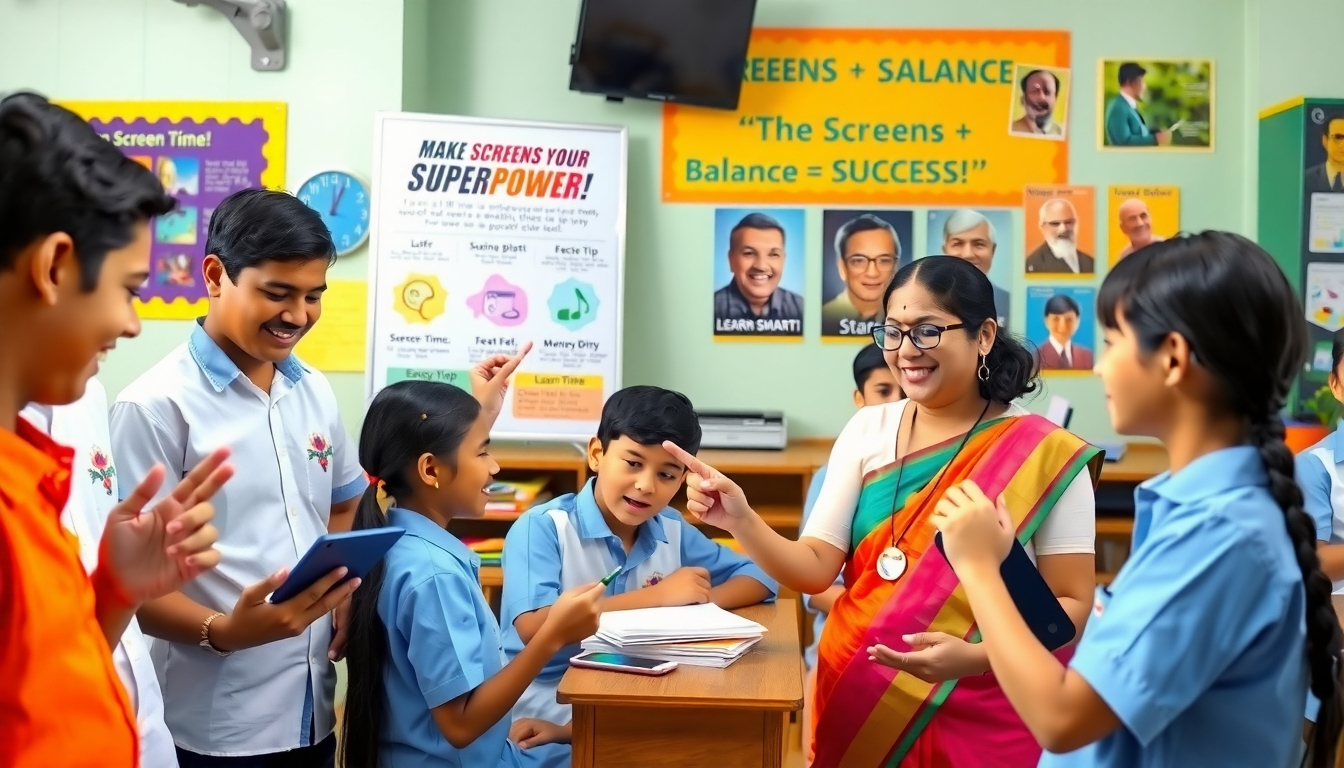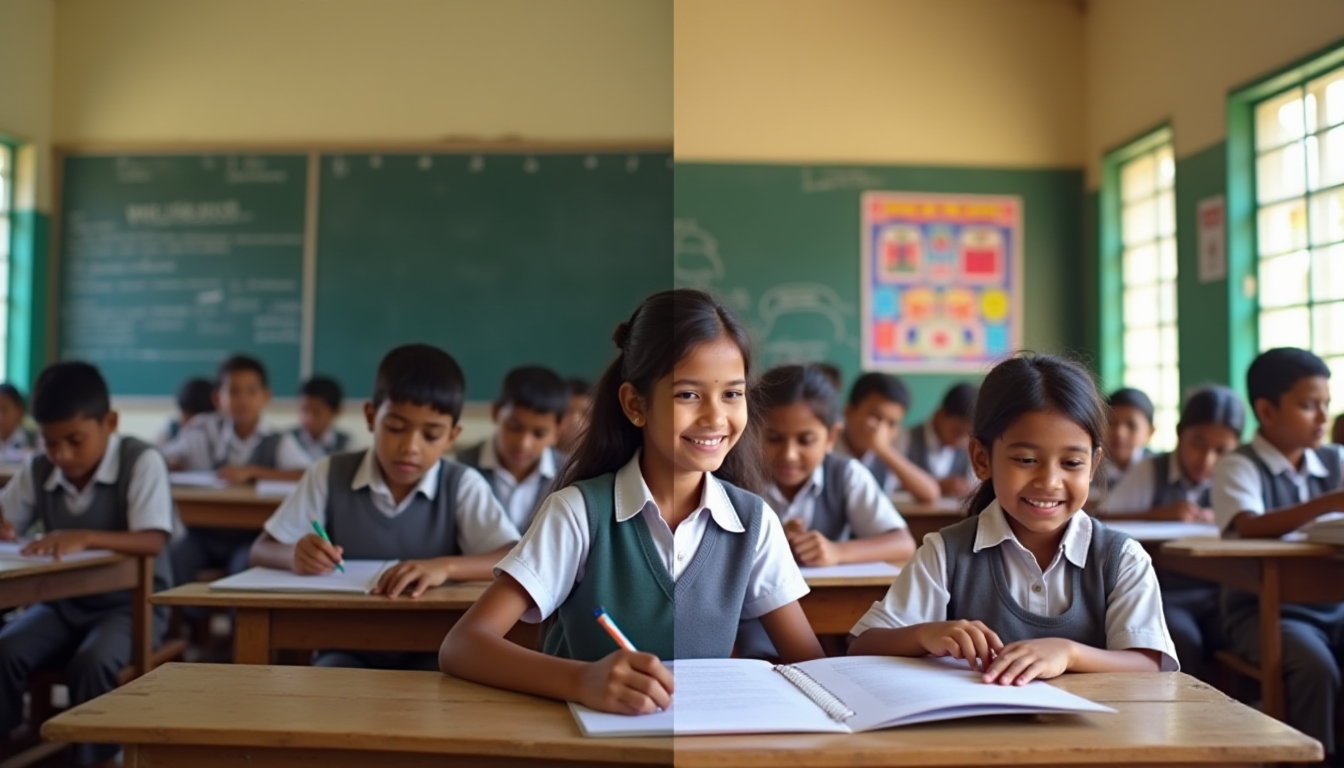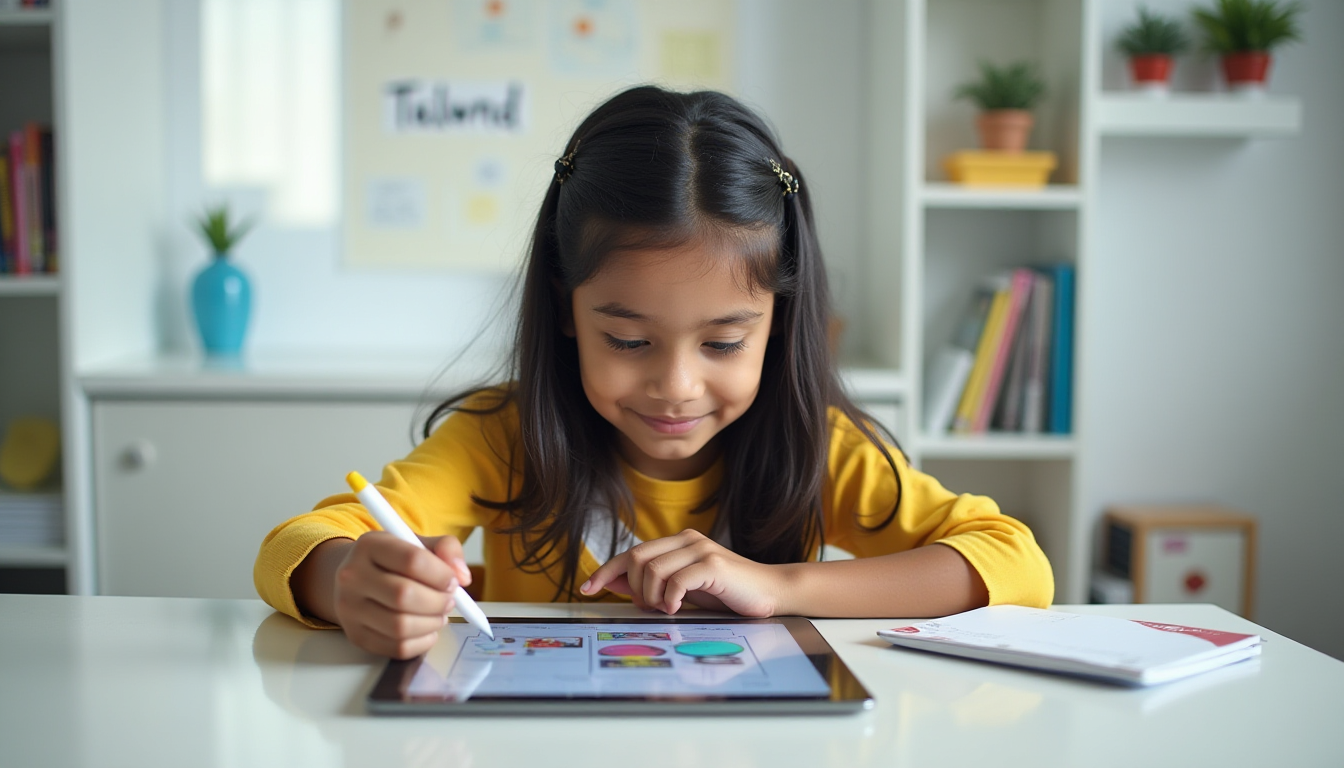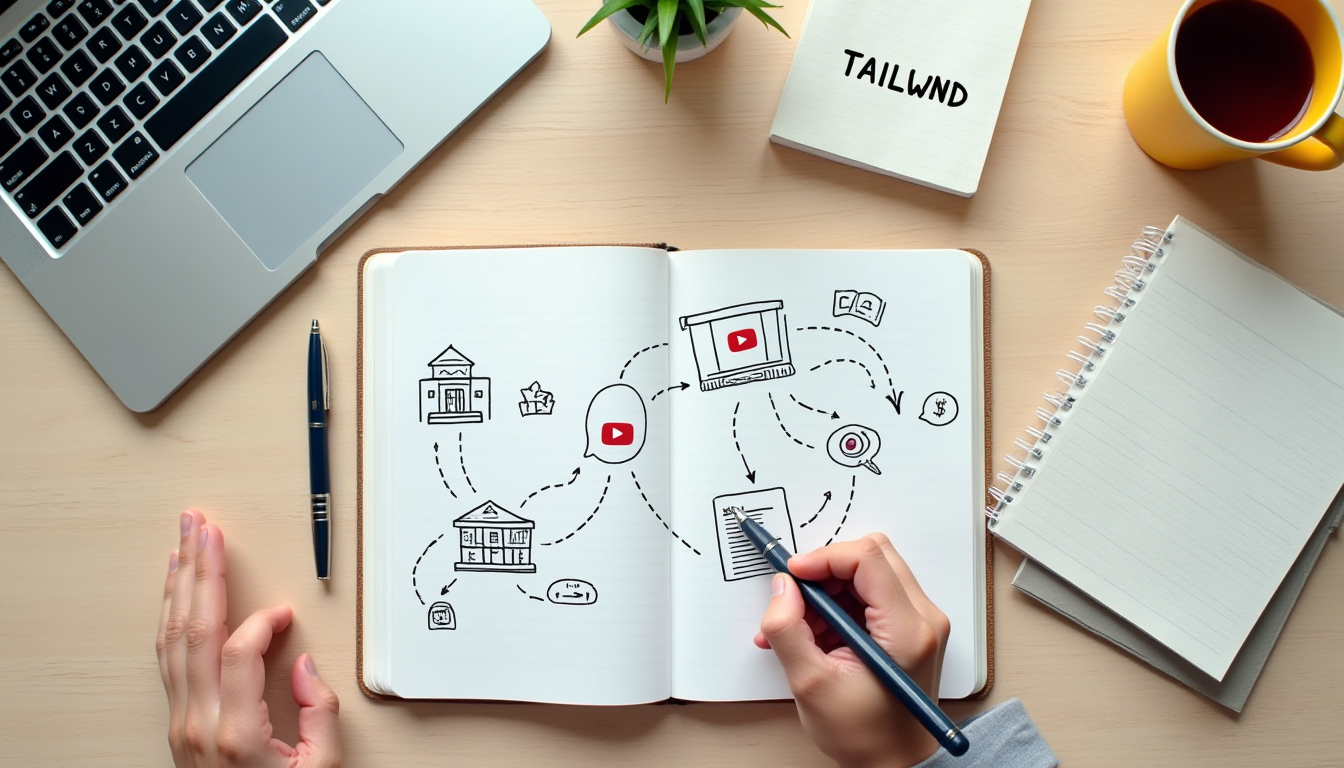Embrace the Screen, but Wisely: Why Balanced Digital Device Use Is Key for All Students

In today’s fast-moving world, digital devices are everywhere—smartphones, tablets, laptops. They’re tools for learning, connecting, and exploring. Yet, in many Indian schools, principals and parents view screens with suspicion, often banning them to “protect” students. As someone who’s visited countless schools and seen these debates firsthand, I understand the worry. Uncontrolled screen time can harm young minds. But here’s the truth: banning devices doesn’t solve the problem—it might even make it worse. Instead, let’s teach students to use screens smartly, balancing their power with discipline. Here, we explore why guided digital device use is essential for Bharat's students, backed by science and practical insights.
The Screen Time Dilemma in Indian Schools
During school visits across India, I’ve heard principals voice real concerns about screen time. Some embrace technology, saying, “We can’t move forward without it.” Others enforce strict bans, fearing devices distract students or expose them to harmful content. I share their concern about mindless scrolling or excessive gaming. But blanket restrictions rarely work. Students find ways to sneak device use, often stumbling onto risky content out of curiosity. So, why not shift from banning to guiding? Science and experience show a balanced approach is better for students’ growth.
Why Bans Backfire: A Psychological Angle
Forbidding something makes it more tempting—it’s human nature. Psychologists call this the reactance theory: when rules feel too restrictive, people (especially kids) rebel. A 2018 study in Frontiers in Psychology found that children banned from screens were more likely to secretly overuse devices, often engaging with inappropriate content. In Bharat, where students face intense academic pressure, a device ban can spark curiosity about “forbidden” apps or sites, leading to unhealthy habits.
Instead of bans, let’s channel this curiosity productively. Guided screen use teaches students to make smart choices, building self-control that lasts a lifetime.
The Power of Rationing: A Reward-Based Approach
Rather than prohibiting devices, why not make screen time a privilege to earn? Science supports this. A 2020 study in Pediatrics showed that children who earned screen time through positive behaviors—like completing homework, helping at home, or exercising—developed better self-regulation skills. In Bhartiya homes, this could mean allowing 30 minutes of educational app use after finishing studies or chores. Schools can adopt this too, using device-based activities as rewards for class participation.
This approach mirrors how we teach other life skills, like managing money or time. By rationing screen time, we help students see devices as tools, not toys, fostering discipline in a digital age.
Missing Out on Digital Skills: A Real Disadvantage
Completely avoiding screens puts Bhartiya students at a serious disadvantage. The World Economic Forum’s 2023 report highlights that digital literacy is among the top skills needed for future jobs. Students with guided access to technology—through coding apps, online research, or platforms like Tailwnd—gain a head start. They explore advanced topics, like AI or environmental science, while others without access lag behind, stuck learning basics the hard way.
Think of it like this: denying digital exposure is like refusing to teach students how to use a library because comic books might distract them. In Bharat, where competition for jobs and college seats is fierce, digital skills are non-negotiable. Guided screen use prepares students to thrive, not just survive.
Learning from Past Mistakes
India’s history offers a lesson here. Decades ago, we believed, “Study hard, and you’ll succeed; play, and you’ll fail.” This mindset sidelined sports and exercise, contributing to a health crisis. Today, India has one of the world’s most inactive adult populations, with lifestyle diseases like diabetes affecting millions, according to a 2022 Lancet study. We ignored physical activity’s value, and we’re paying the price.
Let’s not repeat this with screens. Banning devices won’t protect students—it’ll limit their potential. Instead, let’s teach them to use technology wisely, just as we now encourage sports alongside studies.
The Science of Balanced Screen Use
Not all screen time is equal. Research from the American Academy of Pediatrics (2021) shows that quality matters more than quantity. Passive screen use, like watching videos or scrolling social media, can strain attention spans and disrupt sleep by increasing blue light exposure, which suppresses melatonin (a sleep hormone). But active, educational screen use—like solving math puzzles or exploring science apps—boosts cognitive skills and engagement.
Tailwnd gets this right. Our platform is designed for short, focused sessions that align with the brain’s learning rhythms. Unlike apps that compel kids for hours, Tailwnd’s content encourages quick, meaningful interactions, minimising eye strain and maximising retention. For example, a 5-minute session on nutrition flashcards can reinforce concepts without overwhelming students.
Guiding, Not Guarding: Our Role as Educators
As teachers and parents, our job isn’t just to shield students from devices—it’s to guide them toward mindful use. This means teaching the difference between binge-watching shows and using an app to learn fractions. It’s about setting boundaries, like no screens during meals or before bed, and modeling healthy habits ourselves. A 2019 study in Child Development found that children mimic adults’ device habits, so when we use screens purposefully, students follow suit.
In Bhartiya classrooms, this could look like:
- Classroom Rules: Allow devices for specific tasks, like researching a history project.
- Parent Workshops: Teach families how to set screen-time limits at home.
- Student Discussions: Ask students, “How can we use devices to learn better?” to build ownership.
Tailwnd’s Balanced Approach
At Tailwnd, we believe technology should empower, not enslave. Unlike edtech tools that demand hours of screen time, our platform is built for efficiency. Lessons are bite-sized, blending visuals and questions to keep students engaged without fatigue. For instance, a Class 6 student can master fractions in 10 minutes of focused practice, leaving time for offline activities like reading or playing.
We also support teachers with tools like digital flashcards, which reinforce learning in short bursts. This respects students’ attention spans and Bharat's need for affordable, scalable solutions. With Tailwnd, screen time becomes a bridge to success, not a barrier.
A Call to Action for Bhartiya Educators
Screens aren’t the enemy—they’re tools we can’t ignore. Banning them risks leaving students unprepared for a digital world, while unrestricted use invites chaos. The answer lies in balance: ration screen time, prioritize educational content, and teach mindful habits. By doing this, we equip students to excel in exams, jobs, and life.
Let’s learn from science and our past. Embrace guided digital device use with platforms like Tailwnd, and watch your students soar. Start small—try a 15-minute Tailwnd session in your classroom this week. Together, we can turn screens into stepping stones for Bharat's future.





